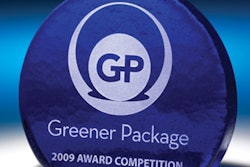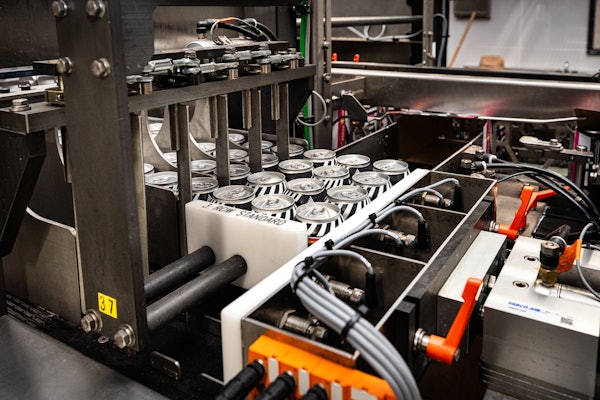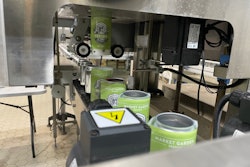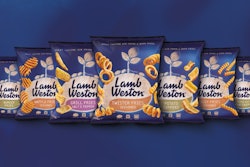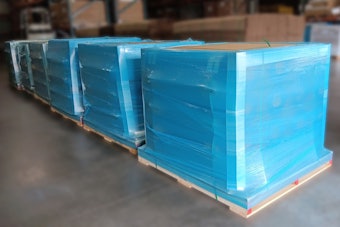According to a team of scientists from the University of Pennsylvania, the growth of Listeria monocytogenes on the surface of ready-to-eat foods can be controlled or even stopped if the food is in active packaging made from the biopolymer pullulan and containing the bacteriocin sakacin A.
Pullulan is produced from starch by the fungus aureobasidium pullulans. Its chief commercial use is in the manufacture of edible film used in various breath freshener or oral hygiene products such as Listerine Cool Mint PocketPaks.
As consumers in every corner of the globe gravitate steadily toward products and packaging formats that increase convenience, the popularity of ready-to-eat foods can only grow. That means the development of such films could be timely indeed.
Full details, says foodproductiondaily.com, are in a paper published in the Journal of Food Safety.





